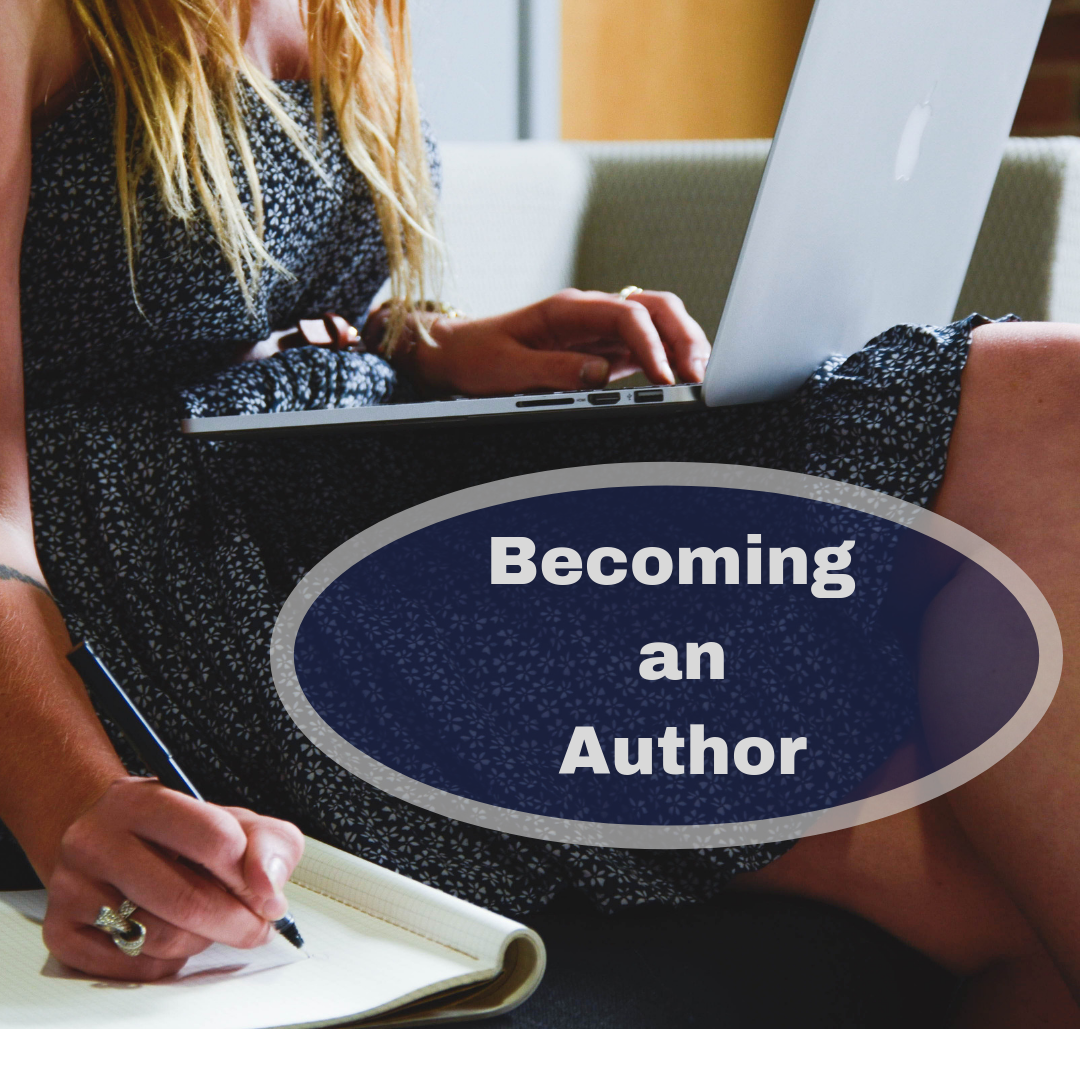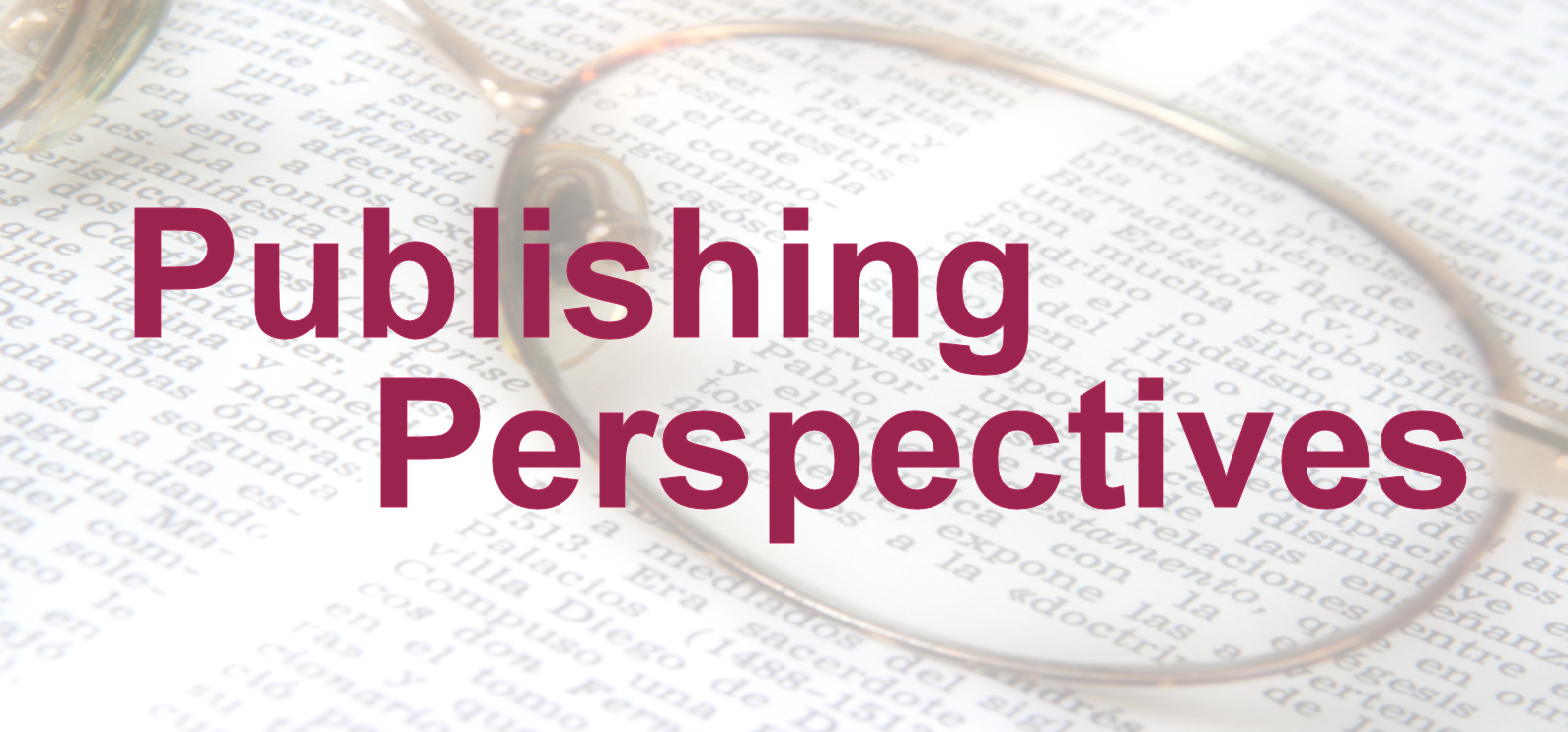
The Hardest Element to Find on Your Proposal
The most difficult element to find in your book proposal is something that is missing or not there. I…
September 26, 2024
The most difficult element to find in your book proposal is something that is missing or not there. I…
September 26, 2024
Writers Chat, hosted by Johnnie Alexander, Brandy Brow, and Melissa Stroh, is the show where we talk about all…
July 31, 2024
Writers Chat, hosted by Jean Wise, Johnnie Alexander, and Brandy Brow, is the show where we talk about all…
June 30, 2022
Writing a book is the literary exercise equivalent of taking a cross-country road trip. No matter how beautiful the…
May 16, 2020
From reading many submissions, I’ve seen numerous misspellings of my first and last name. This small but significant mistake…
March 25, 2020
When I receive a new submission at Illuminate YA fiction (teen imprint of LPC Books), I can usually determine…
February 9, 2020
For almost ten years I’ve served as the editor Reach Out, Columbia magazine, a regional publication dedicated to celebrating…
January 14, 2020
We came. We pitched. Did we send? Writer’s conferences are well-planned days of speakers, workshops, and opportunities. After pitching…
December 14, 2019
It can be discouraging to not receive a response on your submission—and even more frustrating when the response is…
December 9, 2019We’d love to hear your writing journey. Whether you’re at the beginning, in the middle of it, or a…
July 2, 2018
BOOK PROPOSALS IN A NUTSHELL Cherrilynn joins the hosts of Writers Chat to give an overview of Book Proposals.…
June 25, 2018
The first part of this series examined the Query Letter. The second part looked at the synopsis. In this…
January 23, 2016
Apparently this is a controversial issue – To submit a children’s Proposal with your manuscript or not? I always…
October 13, 2015